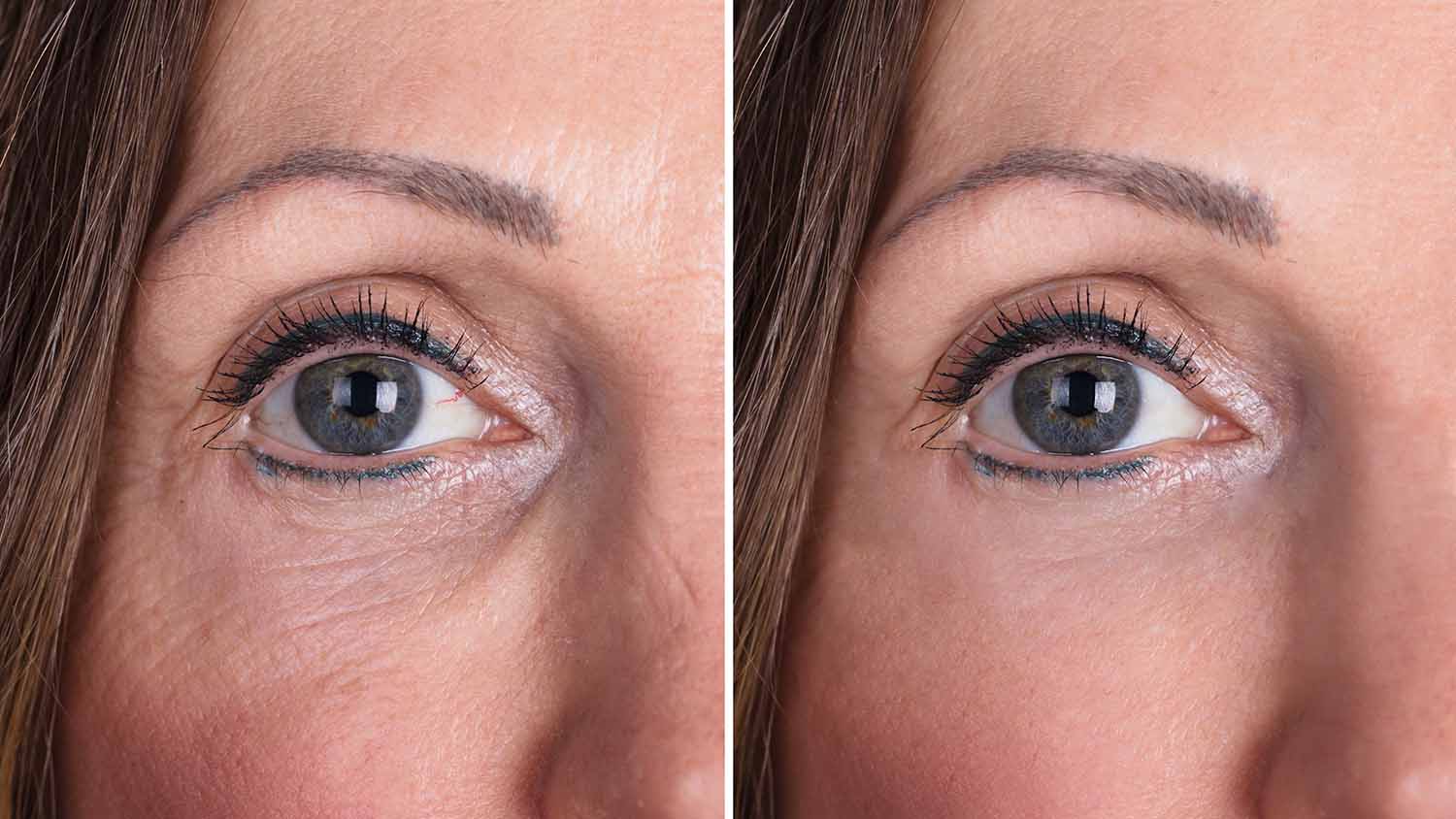
The quest for a refreshed, more youthful eye area often leads individuals down a rabbit hole of highly invasive procedures, but the most impactful change can sometimes be achieved through the most minimal, strategic intervention. The Botox eyebrow lift embodies this concept perfectly: it is not a dramatic, surgical alteration, but a nuanced, chemically induced adjustment to the delicate balance of muscular forces around the eye. Unlike traditional surgical lifts that physically reposition the brow, this technique subtly manipulates the dynamic equilibrium between the muscles that pull the brow down and the primary muscle that pulls it up (the frontalis). The efficacy of this procedure lies in its precision and subtlety, offering a refined, lifted appearance without the telltale signs of being “done,” thereby maximizing the impact of the upper third of the face with astonishingly little effort or downtime.
A Nuanced, Chemically Induced Adjustment
The underlying principle of the Botox brow lift hinges entirely on understanding the anatomical opposition of muscles. The frontalis muscle in the forehead is responsible for pulling the entire brow upward—it’s the muscle you use to express surprise. Conversely, the inner and outer areas of the brow are pulled downward by a combination of muscles: the depressor supercilii and the procerus (responsible for the central frown lines) and the orbicularis oculi (which encircles the eye and pulls the outer brow down).
…subtly manipulates the dynamic equilibrium between the muscles…
The procedure does not involve directly injecting the upward-pulling frontalis muscle to strengthen it, as that is the muscle we want to remain active. Instead, the practitioner injects precisely calculated, small doses of botulinum toxin into the specific depressor muscles located below the brow—principally the outer portion of the orbicularis oculi and the depressors located between the brows. By temporarily relaxing these specific downward-pulling muscles, their constant tug on the brow is lessened. The frontalis muscle, now unopposed, can exert a dominant, upward pull, resulting in a natural-looking lift to the lateral (outer) third of the eyebrow tail.
The Delicate Balance of Muscular Forces Around the Eye
Achieving a satisfactory and natural-looking Botox eyebrow lift is less about injecting more product and entirely about respecting the delicate balance of muscular forces around the eye. An over-aggressive approach, particularly if too much toxin is placed incorrectly in the central frontalis muscle, can actually cause the brow to descend, leading to a heavy or “Spock-like” appearance—the exact opposite of the desired result.
…respecting the delicate balance of muscular forces around the eye.
This requirement for precision emphasizes the difference between a technician simply injecting a substance and a skilled practitioner who possesses a deep understanding of facial anatomy and individual patient dynamics. The goal is never to create immobility, but to re-vector the muscle tension, allowing the brow to sit higher and more elegantly on the orbital rim. The subtle elevation achieved—often measured in just a few millimeters—is enough to make the eyes appear wider, more rested, and more open, countering the tired or perpetually “frowning” expression caused by brow descent.
Critical for Patient Satisfaction: The Pre-Procedure Consultation
The success of a Botox brow lift rests heavily on the thoroughness of the pre-procedure consultation, a step that goes far beyond a quick assessment of forehead lines. This phase is critical for managing patient expectations and determining the physical potential for lift. Not every individual is an ideal candidate, and attempting to achieve a lift that is anatomically impossible for a patient’s natural muscle structure is a formula for disappointment.
…managing patient expectations and determining the physical potential for lift.
A skilled injector will carefully assess the patient’s existing brow position, their forehead line severity, and, most importantly, the strength of their depressor muscles. They will ask the patient to make various facial expressions—frowning, raising the eyebrows, squinting—to map the specific muscle groups that contribute to the downward pull. This personalized, dynamic assessment informs the precise placement and dosage of the toxin, ensuring the treatment is tailored to the individual’s unique needs and avoiding the generic, one-size-fits-all approach that often yields unnatural results.
The Most Common Error: Underestimating the Frontalis
One of the most frequently observed clinical errors, especially among less experienced injectors, is underestimating the powerful role of the frontalis muscle in the overall brow dynamics. While the depressor muscles are the target, the frontalis is the silent accomplice. The desire to smooth out every single horizontal line on the forehead often leads practitioners to inject too aggressively into the frontalis muscle.
…underestimating the powerful role of the frontalis muscle in the overall brow dynamics.
When the frontalis is overly relaxed or paralyzed, it loses its primary ability to lift the brow, resulting in a perceived droop of the central brow area. The patient might achieve a perfectly smooth, line-free forehead, but at the cost of the brow descending closer to the eye socket, creating a heavy, sometimes hooded appearance. The expert approach involves using the minimum effective dose in the frontalis, often targeting only the very upper portion, while focusing the primary lifting action on the depressors near the temples and glabella.
Results That Emerge: The Non-Instantaneous Nature of the Lift
Patients seeking immediate gratification must be educated on the non-instantaneous nature of the Botox lift. Unlike dermal fillers, which provide immediate volume, botulinum toxin requires time to block the neurotransmitter signals at the neuromuscular junction. The final, optimized result does not appear the moment the needle is withdrawn.
…The final, optimized result does not appear the moment the needle is withdrawn.
Typically, the initial softening of muscle contraction begins to manifest within three to five days following the injection. However, the full, maximum effect of the muscular relaxation and subsequent brow lift is not finalized until the ten-to-fourteen-day mark. This waiting period is an important part of the protocol, often necessitating a two-week follow-up appointment to evaluate the result and administer any necessary minor touch-ups or adjustments. Rushing this process can lead to unnecessary over-correction, emphasizing that patience is a crucial element of the treatment’s success.
Prolonging the Effect: Synergistic Therapies and Maintenance
While the Botox brow lift is highly effective, its effects are temporary, usually lasting between three and four months depending on the individual’s metabolism, muscle strength, and lifestyle factors. For patients seeking to prolong the cosmetic effect and achieve a more comprehensive rejuvenation, the procedure is often combined with synergistic therapies.
…prolonging the cosmetic effect and achieve a more comprehensive rejuvenation…
The most common pairing is the use of dermal fillers—specifically thin-viscosity hyaluronic acid—placed along the temporal area or subtly along the brow line to provide structural support and volume that naturally diminishes with age. This combined approach addresses both the dynamic pull of the muscles (with Botox) and the static loss of volume and bone structure (with fillers). Regular, scheduled maintenance treatments—before the muscle action fully returns—are recommended to keep the brow position stable and prevent the gradual return of the droop, thereby extending the youthful appearance indefinitely.
The Recovery Misconception: The Myth of Downtime
One of the most appealing aspects of the Botox brow lift is its reputation as a true “lunch break” procedure, a factor directly related to the virtually nonexistent recovery time, which often runs counter to patient expectations built around invasive surgery. There is a common misconception that any procedure involving needles will necessitate visible downtime.
…The myth of downtime.
In reality, the treatment involves only a few tiny injections, and the vast majority of patients experience no visible side effects immediately upon leaving the clinic. Minor, temporary side effects are limited to pinpoint redness or slight swelling at the injection sites, which typically resolve within minutes to a couple of hours. Bruising is possible but relatively rare, especially when administered by a skilled professional who utilizes proper injection techniques. This ease of recovery allows patients to immediately return to their professional and social activities, making it an ideal choice for those with minimal scheduling flexibility.
The Asymmetry Conundrum: Correcting the Unbalanced Look
Many individuals present with a degree of natural eyebrow asymmetry—one brow sits slightly higher or has a different arch than the other—a condition that often becomes more pronounced with age. The Botox brow lift is a powerful tool not only for lifting but for correcting these subtle imbalances that can contribute to a perpetually puzzled or lopsided expression.
…correcting these subtle imbalances…
This is where the customized nature of the injection pattern shines. The practitioner carefully adjusts the dosage and placement, strategically applying more toxin to the stronger depressor muscles on the side of the higher brow and less to the weaker depressors on the side of the lower brow. The goal is to selectively weaken the muscles that pull the more dominant side down, allowing the lower brow to catch up. This selective muscular modulation requires artistic vision and technical precision, making the procedure an excellent, non-surgical solution for facial harmonization.
Beyond Cosmetics: The Role in Functional Improvement
While the primary drive for seeking a Botox eyebrow lift is cosmetic—to look more rested and youthful—the procedure often delivers a significant, though rarely discussed, functional benefit for certain patients. Chronic, low-grade brow ptosis (drooping) can create a feeling of heaviness over the eyes, sometimes requiring the patient to habitually use their frontalis muscle to raise their brows throughout the day.
…The role in functional improvement.
This constant, subconscious contraction of the forehead muscle is a common, though often unrecognized, cause of tension headaches. By successfully relaxing the depressor muscles, the lift reduces the need for the frontalis to work so hard, easing the chronic muscular strain that contributes to discomfort. For these individuals, the cosmetic lift is a pleasant bonus, but the relief from daily strain and tension is the true game-changer, demonstrating the powerful intersection between aesthetic refinement and patient well-being.
Longevity and Repetition: Maintaining the Aesthetic Effect
Understanding the temporal limits of botulinum toxin is essential for long-term patient satisfaction. The lift, being chemical rather than surgical, is finite. The nerve endings gradually regenerate, and the treated muscles slowly regain their full contractile strength, causing the brow to drift back to its original resting position. This is a physiological certainty, not a procedural failure.
…The temporal limits of botulinum toxin is essential for long-term patient satisfaction.
Patients must be prepared for the necessity of repetition and maintenance—typically treatments every three to five months—to sustain the aesthetic effect. Interestingly, some practitioners observe that with repeated, consistent treatments, the targeted muscles can atrophy slightly over time due to prolonged disuse, potentially extending the effective duration between sessions. Establishing a predictable treatment schedule ensures the brow never fully descends, providing a more consistent and less noticeable rejuvenation over the years.
